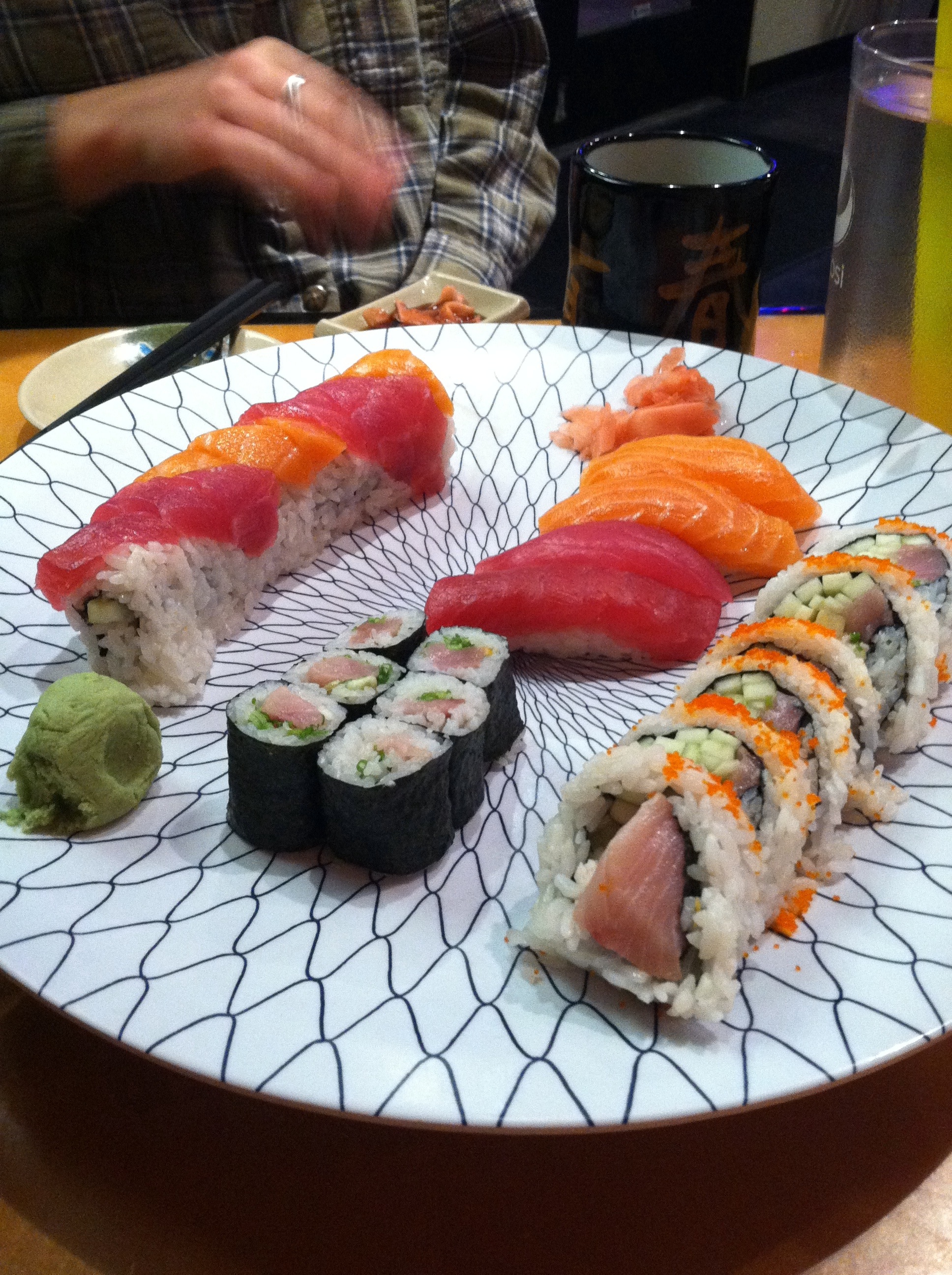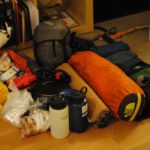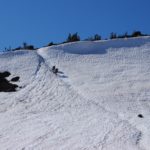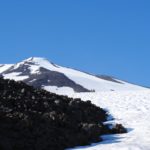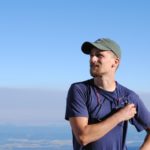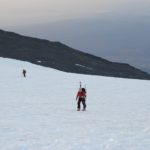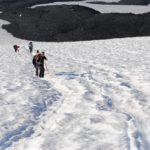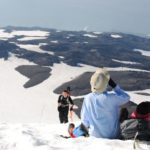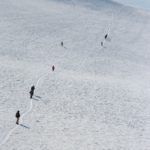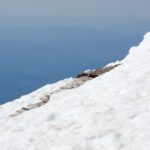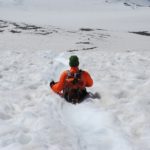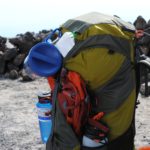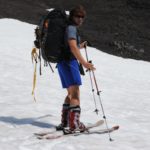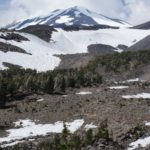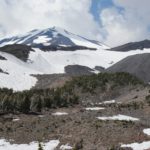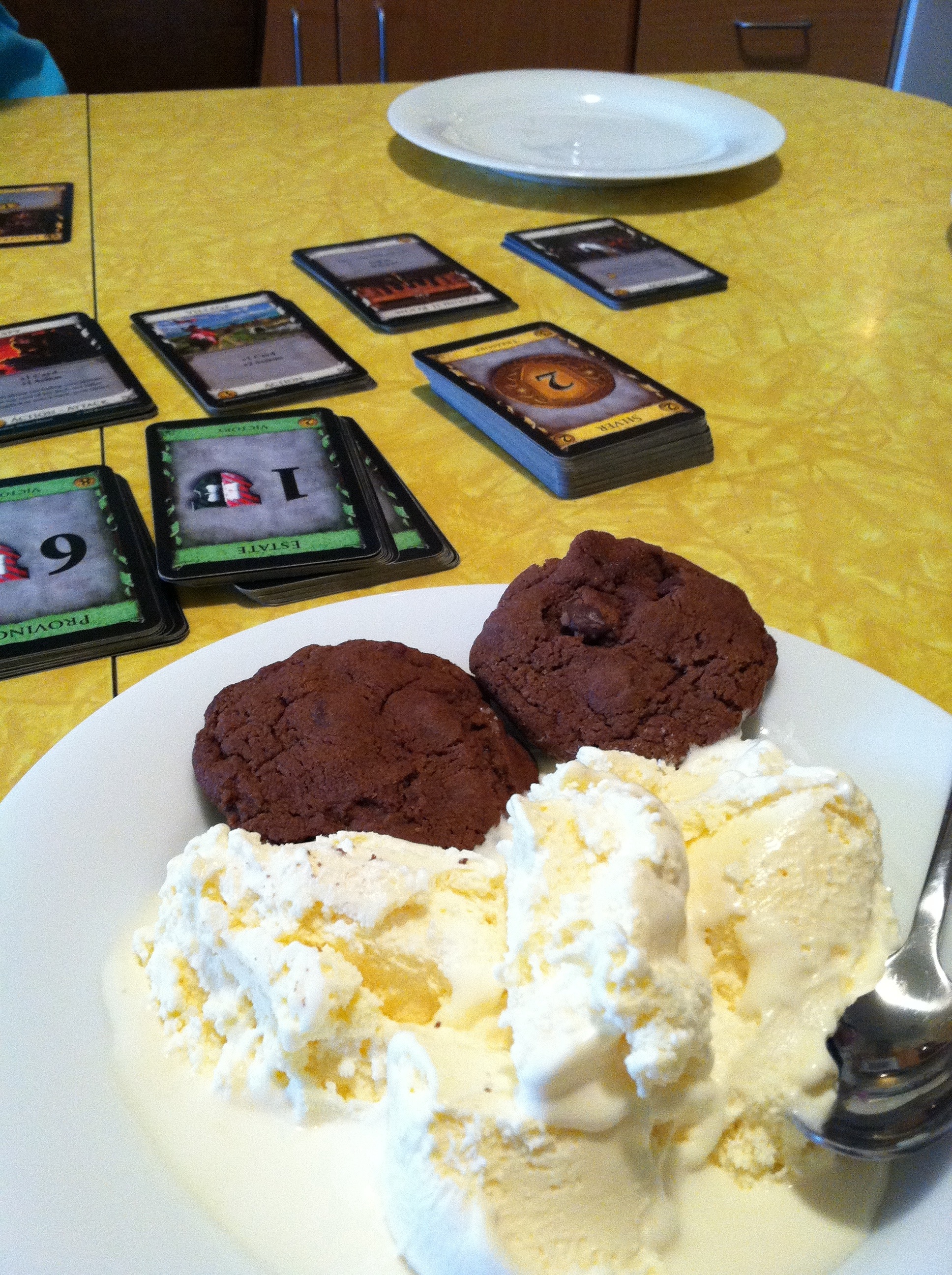Month: September 2011
Personal recommendation of support documents
Earlier today Daniel posted this idea:
Prioritize frequently asked questions on an external facing documentation site based on how often the questions get asked in support tickets. Show the number of times a given question was asked this month as a way of indicating to the customer that the answer probably already solves their question.
It gave me a quick idea to jot down: personal recommendations for support docs. The idea would be to take something akin to the Like button on Facebook or WordPress.com but turn it into a way for users to say “This doc answered my question.”
Really low friction interaction is the goal. One click should register whether it helped the user and then display their Gravatar next to the doc to show that it worked for them. In a way this would be turning the vetting of documentation into a user-facing feature.
The data would be public. Having a publicly displayed list of those users whom the doc has helped may convince future users that the answers are found in docs. Sort of a “Oh look, it worked for these 150 people, maybe it’ll work for me” scenario.
To take it to the next level you could aggregate a list of vetted docs for each user. This way they could look back and see which ones they’ve found answers in before. Maybe they have a repeat question and you just saved them half an hour of searching.
Mt. Adams
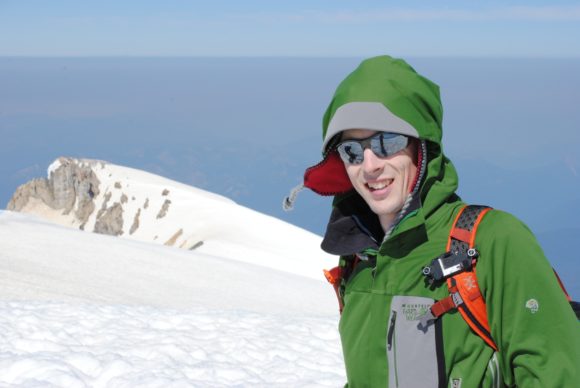
Last weekend Daniel, Adam, Jon, and I hiked up Mt. Adams, a 12,000+ foot glaciated peak in southern Washington.
It was one of the more physically demanding things I’ve done in my life and, even with crappy visibility on summit day, was way worth it. Adam, Jon, and myself made it to the summit but Daniel was hiking in ski boots so that didn’t work out so well. 🙂 He got a few turns in on the way down though.
We left Portland Saturday morning and started hiking around 3pm. We went up to 8200 feet and camped about 45 minutes short of the Lunch Counter. The mountain was super crowded. At times we counted 50 people just within eyesight.
Sunday morning we got an early start around 4:30am and started up for the summit. Adam, Jon, and I hit the false summit around 10am and then hit the summit about 90 minutes after that.
The way back down was considerably quicker as we glissaded down to about 9000 feet. Adam took an 8 minute-long video of the longest slide which was pretty cool.
After packing up camp we got back down to the car at 5600 feet around 5pm and then drove back to Portland.
Steve Jobs and the Eureka Myth
Decisions, not options.
This is what I think when I see Samsung shipping five or six different sized tablets. It’s not that Apple didn’t try a bunch of different form factors — it’s that they tried them internally, figured out which one was best, and only shipped that one.
John Gruber – Steve Jobs and the Eureka Myth.
My blog as a commonplace book
Greg Linch likes to talk about commonplace books. It’s even what he named his Tumblr. Basically, it’s a means of collecting and storing all those bits of information that make our lives interesting. It could be a photo, an essay, or a quote. Regardless, it’s important information that you want to mark and save for later.
This has long been the approach I’ve taken to this site. Years ago Matt wrote about how asides are useful. Presenting content in the form most appropriate is something I have tried to make more explicit in the design of this site. It’s why I’ve also experimented with things like the reading list that I now have. Different content requires different presentation but there’s no reason it can’t all live in the same house.
Anil Dash has said, “I expect that my blog will in some ways be one of the most significant things I create in my life.” I agree. There’s something immensely powerful about taking a corner of the web and saying “this is mine.”
Sharing things in my corner of the web makes them also form a part of my identity. What I share, to a large extent, is who I am. It’s how I communicate with you even if I’m not able to talk to you everyday.
As this history of shared items grows there’s also the fun aspect of flipping back through it. Steven Johnson has a great post about the commonplace book where he writes that:
Each rereading of the commonplace book becomes a new kind of revelation. You see the evolutionary paths of all your past hunches: the ones that turned out to be red herrings; the ones that turned out to be too obvious to write; even the ones that turned into entire books. But each encounter holds the promise that some long-forgotten hunch will connect in a new way with some emerging obsession.
Where I can, I avoid farming out my identity. If I do sharecrop I back it up. This is why my blog is my public commonplace book. The collection makes me, me. It’s on my domain. It’s free. That’s all important because if I lose my shared items, I lose a part of that core identity.
The destruction of a sharing service means I would also lose the ability to flip back through a history of my thought. Those long-forgotten hunches would stay forgotten and lost to history. Without a commonplace book that you control you’re gambling your ability to learn and grow from your current actions.
Arrington is the future of what we used to call journalism
I happen to think journalism was a response to publishing being expensive. It cost a lot of money to push bits around the net before there was a net. They had to have huge capital-intensive printing plants, fleets of trucks and delivery boys with paper routes. Now we can hear directly from the sources and build our own news networks. It’s still early days for this, and it wasn’t that long ago that we depended on journalists for the news. But in a generation or two we won’t be employing people to gather news for us. It’ll work differently.
Dave Winer – Arrington is the future of what we used to call journalism.
The Mission to Get Osama Bin Laden. An absolutely fantastic New Yorker feature story on the Navy SEAL raid to get Osama bin Laden.
